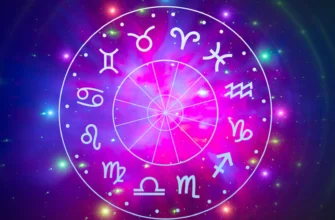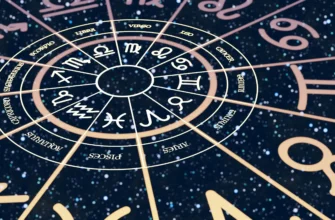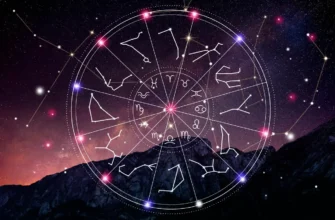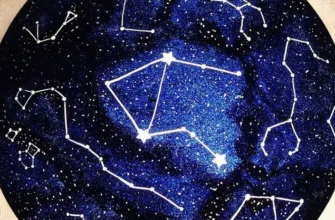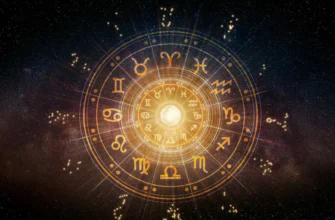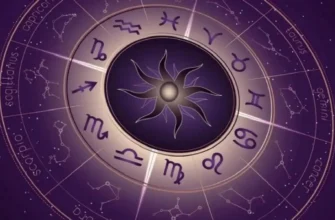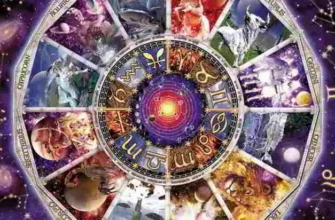In relationship astrology, the composite chart holds a unique and powerful place. Unlike a natal chart, which describes the individual, or synastry, which compares two charts, a composite chart is the map of the relationship itself. It represents the “third entity” born when two people come together. This symbolic chart describes the identity of the partnership, its challenges, strengths, and its long-term purpose.
- The Power of Composite Chart Astrology
- 1st House: The Nature of the Relationship
- 2nd House: Shared Values and Stability
- 3rd House: Mental Resonance and Communication
- 4th House: The Emotional Nest
- 5th House: Romance, Creativity, and Passion
- 6th House: The Rhythm of Daily Life
- 7th House: The Art of Partnership
- 8th House: Transformation and Shared Depth
- 9th House: A Shared Spiritual Journey
- 10th House: Social Identity and Ambition
- 11th House: Friendship and Shared Vision
- 12th House: Karmic Patterns and Spiritual Lessons
- How to Interpret Composite Charts Effectively
The Power of Composite Chart Astrology
In the astrology of relationships, the composite chart acts as a cosmic mirror. It reveals not only attraction and compatibility but also the deeper purpose of love, the lessons to be learned, and the strengths to be celebrated.
By exploring the meaning of houses, aspects, and placements, you can gain profound insight into your relationship’s unique identity. Whether you’re analyzing for love compatibility, soul connection, or karmic growth, the composite chart provides the key to understanding the spiritual essence of a union.
Astrologers often say that while synastry shows attraction and chemistry, the composite chart reveals what the relationship truly becomes. By analyzing the houses in astrology within a composite chart, we can uncover the deeper meaning of love connections, shared values, and karmic lessons. This guide explores the interpretation of composite charts, focusing on the twelve houses and how they shape a couple’s journey.
1st House: The Nature of the Relationship
The first house in a composite chart reveals the “personality” of the relationship itself. It is the way the couple appears to the outside world and how they express their union.
-
A strong 1st house suggests a relationship that feels alive, visible, and easy to recognize.
-
When planets like the Sun, Venus, or Mars appear here, the couple shines with magnetism and confidence.
-
A challenged first house may indicate uncertainty about the identity of the relationship or how it is perceived socially.
This house sets the overall tone of the partnership, acting as its cosmic “first impression.”
2nd House: Shared Values and Stability
The second house governs material and emotional security in the composite chart. It speaks to shared values, financial management, and the foundation of stability in a couple’s life.
-
A harmonious 2nd house points to mutual respect and an ability to build together, both emotionally and materially.
-
Tensions here may show financial disputes, possessiveness, or conflicting priorities.
For long-term love compatibility, a stable second house is essential. It creates the groundwork for trust, commitment, and practical cooperation.
3rd House: Mental Resonance and Communication
Communication is one of the strongest predictors of relationship success, and in the composite chart, it belongs to the third house.
-
A strong 3rd house highlights intellectual compatibility, stimulating conversations, and mutual curiosity.
-
Planets in this house often indicate the topics couples naturally talk about — from light-hearted banter to philosophical debates.
If challenging aspects are present, misunderstandings or constant arguments may arise, but they can also lead to growth and learning when handled with maturity.
4th House: The Emotional Nest
The fourth house in the composite chart is the “home” of the relationship — both literal and symbolic. It describes the emotional base, the family atmosphere, and the intimate space two people create together.
-
Planets like the Moon or Venus here bring warmth, comfort, and a sense of belonging.
-
More difficult influences (like Saturn or Pluto) may introduce struggles, family responsibilities, or deep transformations around home life.
Ultimately, the fourth house reveals whether the couple can create a safe emotional nest and what kind of private world they build behind closed doors.
5th House: Romance, Creativity, and Passion
Few houses are as exciting in relationship astrology as the fifth house. This is the space of romance, playfulness, creativity, and sexual attraction.
-
When Venus or Mars activates this house, the partnership feels vibrant and full of passion.
-
Couples may also share artistic projects, creative hobbies, or enjoy bringing fun and spontaneity into daily life.
A strong fifth house indicates that joy, attraction, and shared pleasures are central to the bond.
6th House: The Rhythm of Daily Life
The sixth house represents work, health, and daily routines in the composite chart. It shows how two people handle the practical side of life together.
-
Harmonious planets here suggest cooperation in daily tasks, mutual support in health and lifestyle, and shared responsibility.
-
Tension in the sixth house often brings conflict over chores, schedules, or imbalances in giving and receiving.
A couple’s ability to find flow in daily cooperation strongly affects long-term relationship compatibility.

7th House: The Art of Partnership
In astrology, the seventh house is traditionally the house of marriage and long-term partnerships. In a composite chart, it becomes the most defining sector.
-
Strong placements here show a natural alignment with the idea of partnership, fairness, and mutual support.
-
Difficult aspects in the seventh house may reflect struggles with equality, commitment issues, or power dynamics.
Ultimately, this house tells the story of how the couple navigates the balance between individuality and union.
8th House: Transformation and Shared Depth
The eighth house is the house of intimacy, trust, and transformation. In a composite chart, it reveals the emotional depth of the connection and the challenges that push the couple toward growth.
-
A powerful 8th house suggests soul-deep intimacy, sometimes accompanied by financial or karmic ties.
-
It may also bring crises that require vulnerability and emotional honesty.
For many astrologers, the eighth house is where soul connection in astrology becomes most visible, revealing the transformative power of love.
9th House: A Shared Spiritual Journey
The ninth house in a composite chart expands the relationship beyond the personal into shared ideals, philosophy, and exploration.
-
Couples with a strong ninth house may travel together, study, or seek higher meaning as partners.
-
Shared beliefs and long-term visions strengthen the relationship’s sense of purpose.
This is the house of adventure and spiritual expansion, showing how two people grow beyond themselves through their bond.
10th House: Social Identity and Ambition
The tenth house relates to career, public reputation, and ambition. In a composite chart, it shows the role the relationship plays in society and the goals the couple projects to the outer world.
-
Planets here can indicate joint success, public recognition, or ambitions that define the couple’s path.
-
When heavily aspected, this house may point to challenges balancing career and private life.
The tenth house gives clues to the legacy a couple creates together and how their partnership impacts the world around them.
11th House: Friendship and Shared Vision
The eleventh house emphasizes friendship, community, and shared ideals. In composite chart interpretation, this house reveals whether a couple is united not only by love but also by common goals.
-
Couples with strong eleventh-house energy often collaborate socially, share friends, and dream together about the future.
-
This house is essential for long-term compatibility because it sustains mutual respect and vision beyond romance.
Friendship within love becomes a stabilizing factor for relationships with an active 11th house.
12th House: Karmic Patterns and Spiritual Lessons
The twelfth house in the composite chart carries a sense of mystery, karma, and hidden influences. It reveals subconscious dynamics, spiritual lessons, and sometimes the shadows of the relationship.
-
Positive influences here may bring deep spiritual connection and compassion.
-
Challenging placements could manifest as secrecy, confusion, or patterns that need healing.
The twelfth house reminds us that every partnership carries karmic elements, urging growth through compassion and awareness.
How to Interpret Composite Charts Effectively
To truly master composite chart interpretation, astrologers consider both the houses and the aspects between planets.
-
Harmonious aspects (trines, sextiles) between Venus, Moon, or Jupiter enhance love, joy, and understanding.
-
Challenging aspects (squares, oppositions) from Mars, Saturn, or Pluto may bring tension, but also fuel transformation and passion.
Remember: the composite chart is not about either individual, but about the “relationship entity.” It shows what happens when two lives merge into one shared destiny.


